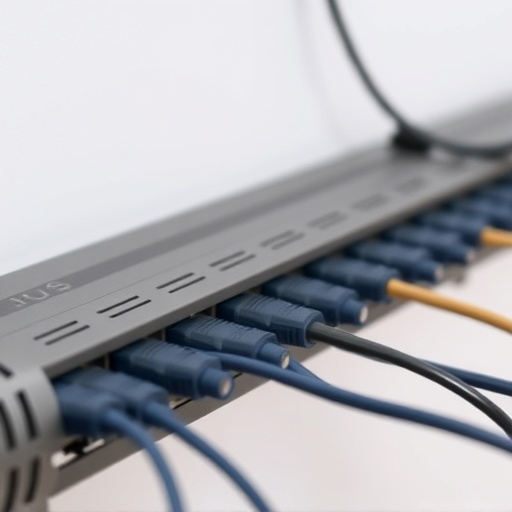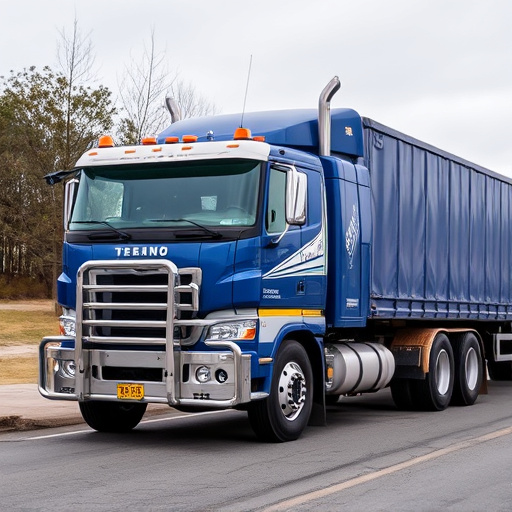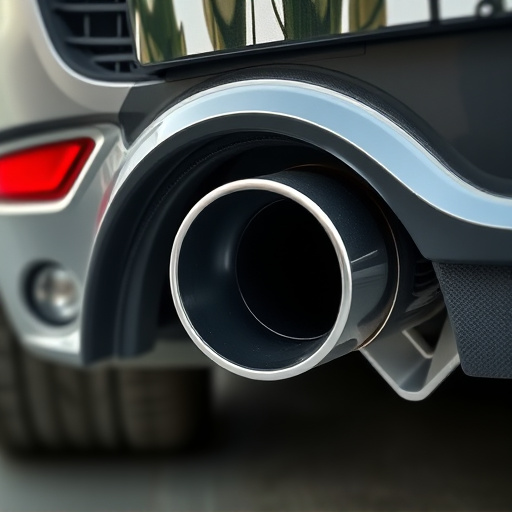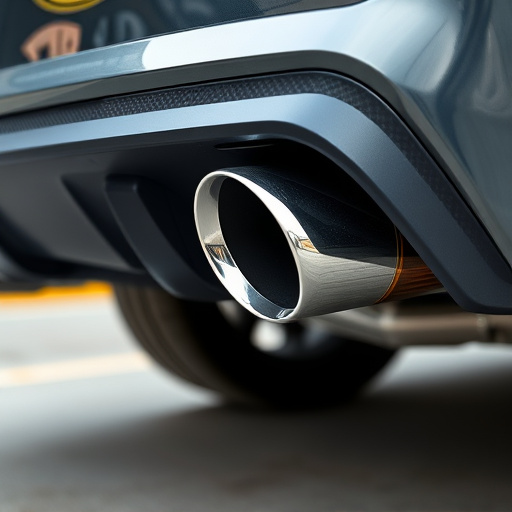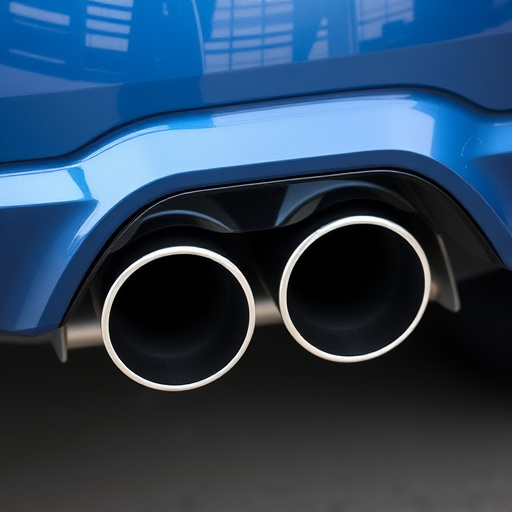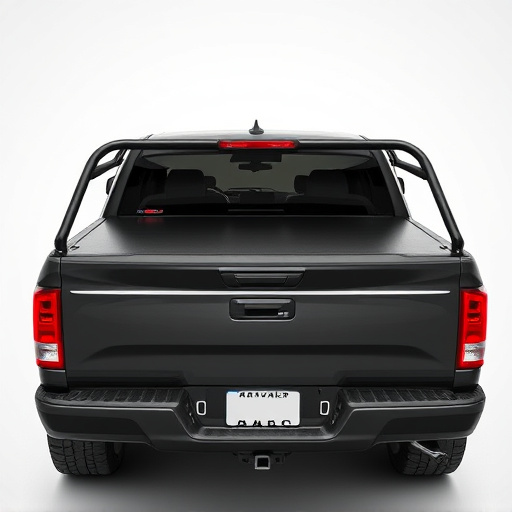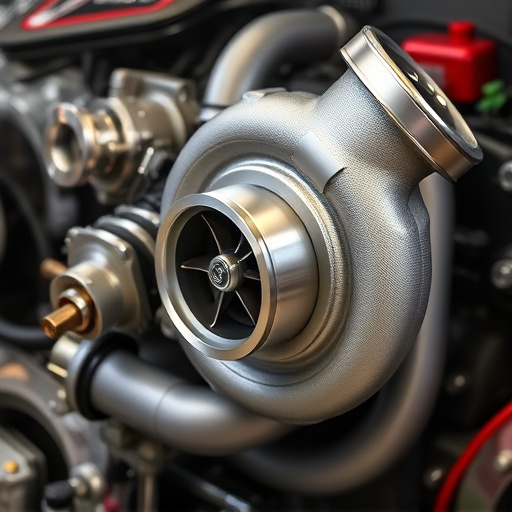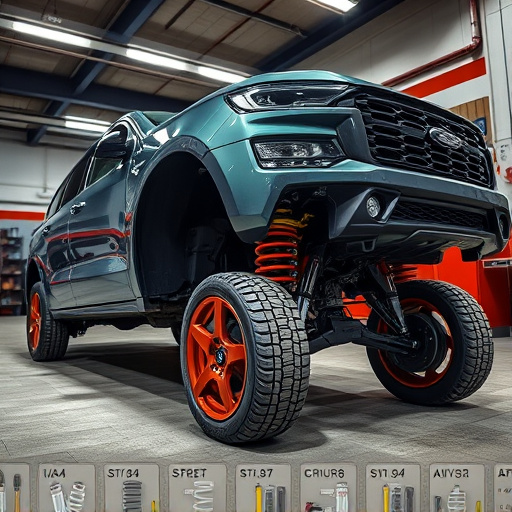When upgrading exhaust manifolds, choose between cast iron and stainless steel based on your needs. Cast iron is cost-effective and durable but heavier, ideal for budget considerations and heat retention. Stainless steel offers superior corrosion resistance, improved flow, and longer lifespan, making it best for high-performance vehicles and enhanced vehicle performance. Modern manufacturing techniques optimize both materials' properties. Prioritize durability or performance to ensure optimal vehicle condition over time.
Considering an exhaust manifold upgrade? Explore the battle between cast iron and stainless steel. This comprehensive guide breaks down the nuances of each material, from their unique properties to performance impacts. We’ll delve into power gains, durability considerations, and maintenance requirements to help you choose the best upgrade for your vehicle’s longevity. Maximize your investment with informed decisions on your exhaust manifold upgrade.
- Understanding Cast Iron and Stainless Steel Exhaust Manifolds
- Performance Differences: Power, Durability, and Maintenance
- Choosing the Right Upgrade for Your Vehicle's Longevity
Understanding Cast Iron and Stainless Steel Exhaust Manifolds
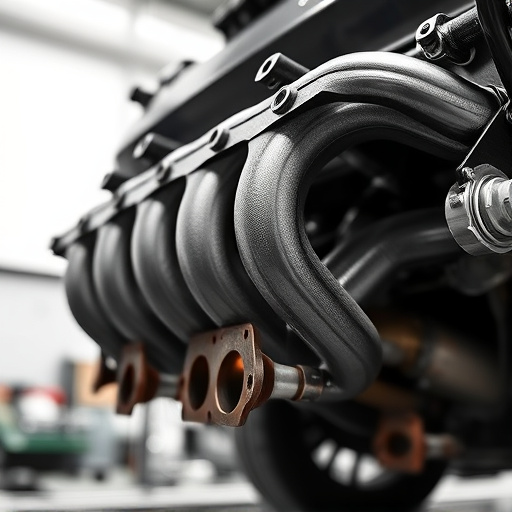
Cast iron and stainless steel are two commonly used materials in exhaust manifold upgrades, each with its unique properties that make it suitable for different applications. Cast iron has been a traditional choice for exhaust systems due to its excellent heat conductivity and cost-effectiveness. It is known for its ability to withstand high temperatures, making it ideal for the extreme conditions within an engine’s exhaust stream. However, cast iron is relatively heavy, which can impact vehicle performance and fuel efficiency. On the other hand, stainless steel has gained popularity as a modern alternative due to its superior corrosion resistance, ensuring longevity even in harsh environments. This material is lighter than cast iron, contributing to improved overall vehicle weight reduction, but it’s generally more expensive.
When considering an exhaust manifold upgrade, understanding these materials is key. Stainless steel is often preferred for high-performance vehicles or those requiring frequent maintenance due to its durability and ease of installation with modern engineering techniques. Cast iron remains a robust option for budget-conscious buyers looking for reliable performance without the premium associated with stainless steel parts, especially when combined with advancements in manufacturing processes that reduce weight and improve strength.
Performance Differences: Power, Durability, and Maintenance
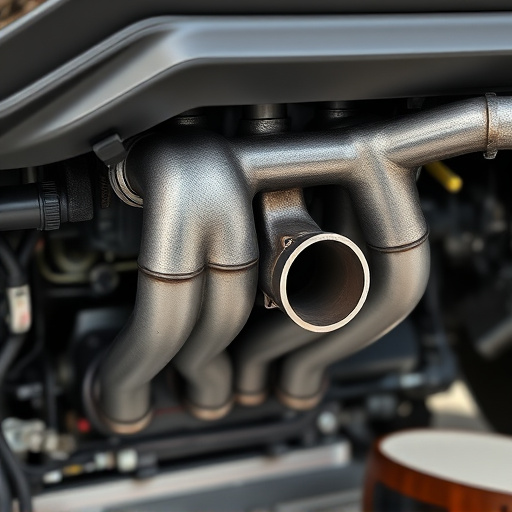
When considering an exhaust manifold upgrade, understanding the performance differences between cast iron and stainless steel is crucial. Cast iron manifolds have long been known for their durability, offering a robust solution that can withstand harsh conditions. However, in terms of power and vehicle performance, stainless steel takes the lead. It provides better flow characteristics, which translates to increased engine efficiency and more powerful exhaust outputs.
In terms of maintenance, stainless steel manifolds often require less upkeep compared to cast iron. The smooth surface of stainless steel reduces corrosion and buildup, making it easier to clean and maintain. Conversely, cast iron manifolds may need regular oiling and cleaning due to their porous nature. Additionally, the durable construction of stainless steel means that even with proper care, these manifolds can last longer than their cast iron counterparts, ultimately contributing to a smoother ride and better overall vehicle performance.
Choosing the Right Upgrade for Your Vehicle's Longevity
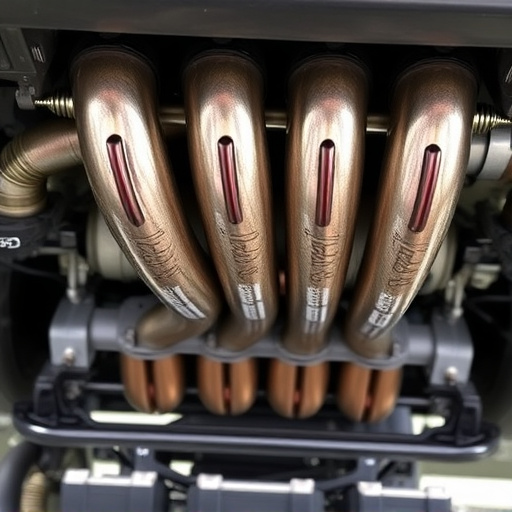
When upgrading your vehicle’s exhaust manifold, choosing between cast iron and stainless steel depends on your priorities for performance and longevity. Cast iron is renowned for its durability and heat retention, making it a popular choice among those seeking reliability in harsh driving conditions. This material effectively withstands the rigors of everyday use, ensuring that your exhaust system remains efficient over time. However, cast iron may not be the best option if you’re after enhanced performance, as it could restrict airflow compared to stainless steel.
On the other hand, stainless steel is valued for its superior corrosion resistance and ability to withstand high temperatures without compromising structural integrity. This material is a top pick for those who want to maximize their vehicle’s potential, especially when paired with performance brakes and exhaust mufflers designed to complement its capabilities. While stainless steel may have a slightly higher upfront cost, its longevity and the potential for better overall performance make it a compelling choice in the long run, ensuring your vehicle remains in optimal condition even under demanding circumstances.
When deciding on an exhaust manifold upgrade, understanding the unique properties of cast iron and stainless steel is key. Each material offers distinct advantages in terms of power, durability, and maintenance, catering to various vehicle needs and driving styles. By carefully considering these factors, car enthusiasts can make an informed choice that optimizes their vehicle’s performance and longevity. Whether you prioritize strength, corrosion resistance, or ease of maintenance, cast iron or stainless steel exhaust manifolds have the potential to enhance your driving experience for years to come.

